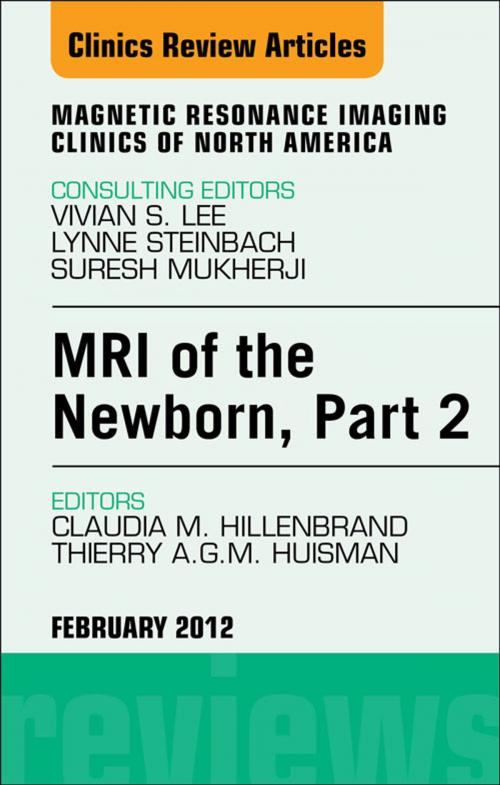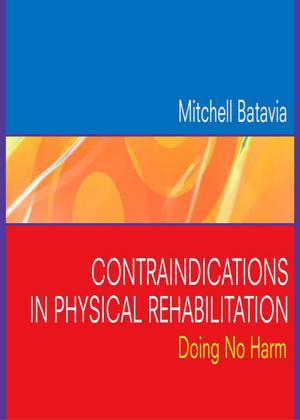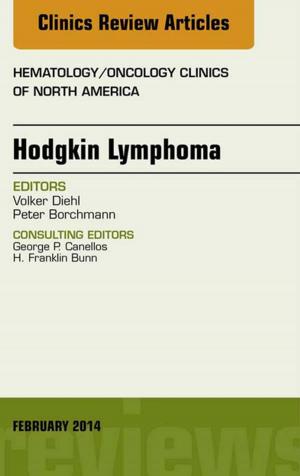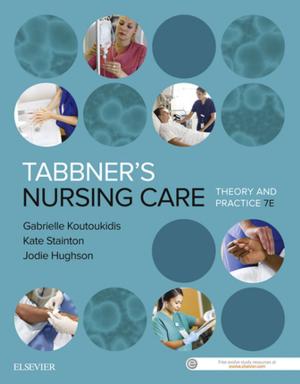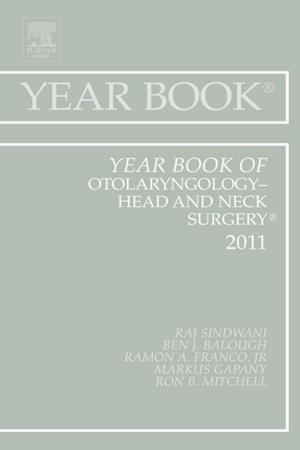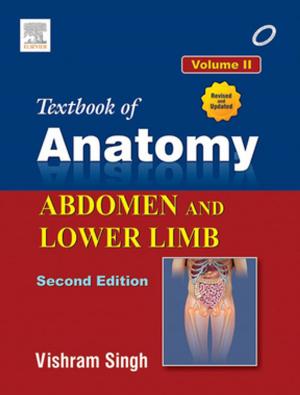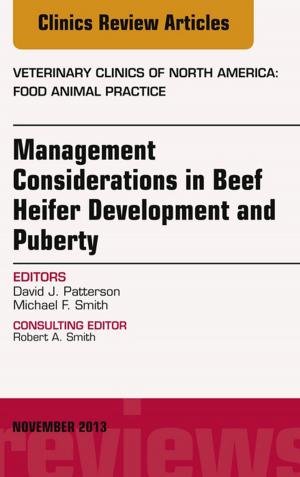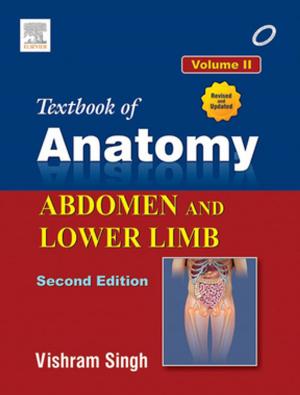MRI of the Newborn, Part 2, An Issue of Magnetic Resonance Imaging Clinics
Nonfiction, Health & Well Being, Medical, Medical Science, Diagnostic Imaging, Specialties, Radiology & Nuclear Medicine| Author: | Claudia M. Hillenbrand, Thierry A. G. M. Huisman | ISBN: | 9781455742912 |
| Publisher: | Elsevier Health Sciences | Publication: | February 28, 2012 |
| Imprint: | Saunders | Language: | English |
| Author: | Claudia M. Hillenbrand, Thierry A. G. M. Huisman |
| ISBN: | 9781455742912 |
| Publisher: | Elsevier Health Sciences |
| Publication: | February 28, 2012 |
| Imprint: | Saunders |
| Language: | English |
Vast experience has been gained over the past decade in safely transporting, monitoring, and imaging neonates, a highly vulnerable patient group. Technological advances in MRI hardware such as higher field strength systems, multi-channel coils, higher gradient performance, and MR compatible incubators with integrated antennae laid the ground for more detailed, higher resolution anatomical MR imaging. This issue provides separate reviews on the use of MR imaging in the evaluation of encephalopathy, postmortems, spinal dysraphia, and inflicted brain injury as well as neonatal neuro MR imaging and MR-guided cardiovascular interventions.
Vast experience has been gained over the past decade in safely transporting, monitoring, and imaging neonates, a highly vulnerable patient group. Technological advances in MRI hardware such as higher field strength systems, multi-channel coils, higher gradient performance, and MR compatible incubators with integrated antennae laid the ground for more detailed, higher resolution anatomical MR imaging. This issue provides separate reviews on the use of MR imaging in the evaluation of encephalopathy, postmortems, spinal dysraphia, and inflicted brain injury as well as neonatal neuro MR imaging and MR-guided cardiovascular interventions.
